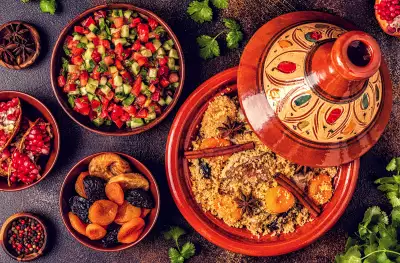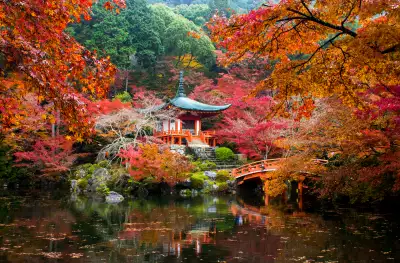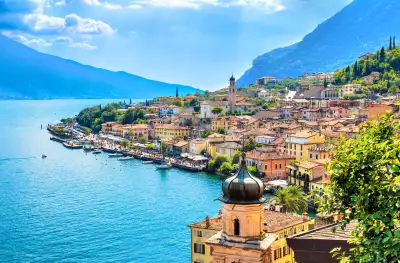What to Wear When Visiting Morocco: A Guide for Comfort and Culture

Whether you’re heading for the bustling souks and dazzling architecture of Marrakesh or exploring the natural beauty of the Atlas Mountains, there’s a lot to consider when deciding what to pack for a Moroccan holiday. At Riviera Travel, we want to make it as easy as possible for you to choose the right clothes to wear in Morocco. Here we share our expert guide on how to dress respectfully and comfortably to match the country’s varied climate and conservative culture.
One of the most fascinating aspects of the country is its rich cultural history – and naturally, this has an impact on what the locals wear. While Morocco doesn’t have a dress code as such, it is a religious and conservative country so it’s important to respect this when it comes to what to wear as a tourist. Islam is widely practiced across Morocco, and modest dress is the cultural norm. When visiting the country, the importance of modesty in public – in particular religious sites – is paramount.
From what to wear in Morocco as a woman, to navigating the cultural expectations of tourists, we cover everything you need to know about what to wear in Morocco, so you can pack that suitcase with confidence.
How to dress for the weather in Morocco
From dry, hot, desert conditions to breezy coastal regions and the snow-capped Atlas Mountains, Morocco’s climate is captivatingly diverse. The easiest way to be ready for whatever weather Morocco treats you to, is with layers.
Lightweight and breathable fabrics like linen and cotton are a great choice for keeping cool in soaring temperatures, while still remaining covered up and modest. To cope with high humidity, opt for loose-fitting clothes or those with moisture-wicking properties to move any sweat away from your skin for comfort.
In summer, temperatures can reach up to 40C, so sun hats and sunglasses are a must – and don’t forget to pack a high factor sunscreen too.
If a trip to the Atlas Mountains is on the agenda, you’ll want to bring layers to keep you warm once the temperatures drop. In the evening it can get quite chilly, even in milder seasons like spring and autumn), so it’s worth having extra layers to put on as and when you need them. Sweaters, a light jacket or zip-up fleece are all great items to pack, that won’t take up too much suitcase space.
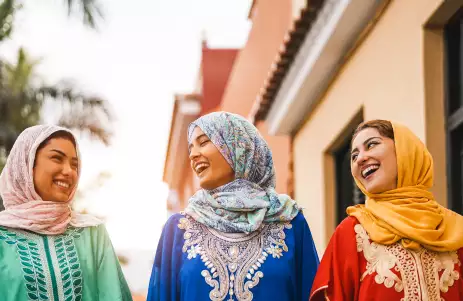
Moroccan Culture – what should you wear?
Moroccan culture is deeply influenced by the strong Islamic values embraced by most of the country. As a tourist it’s important to respect different cultures, especially if you want to make the most out of your holiday and interact with local people. We’d advise leaving revealing clothes like sleeveless or low-cut tops, short skirts or short shorts at home. Instead, pack loose-fitting clothing which covers your shoulders and knees – we’d recommend long dresses or skirts, trousers and tunics, which will keep you covered and comfortable.
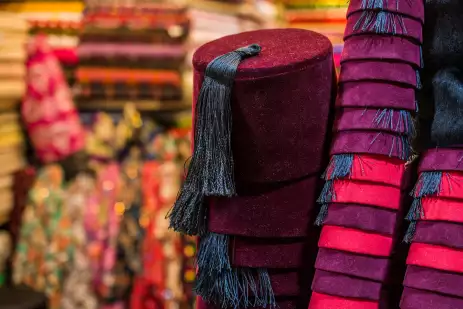
Traditional Dress in Morocco
Morocco’s melting pot of cultures blends North African, Arab, Berber and European influences, which can be seen in everything from the culinary delights on offer to the traditional clothes worn by locals. Characterised by vibrant colours and intricate designs, traditional Moroccan clothing is as spectacular as the country itself.
The reflection of Islamic values is apparent through much of the modest and traditional clothes you’ll see around you – in particular, loose-fitting and long garments for both men and women.
Here’s some of the traditional Moroccan fashion you might see during your trip:
- Djellaba: A long, loose-fitting robe with wide sleeves, worn by both men and women. It typically features a baggy, pointed hood, and is worn both casually and formally. It serves as protection from the sun in summer and as an insulating extra layer in the cooler months.
- Kaftan: A loose, long-flowing garment, usually with wide sleeves, often worn by women during special occasions, such as weddings, festivals, and religious celebrations. It is often made from silk, velvet, or satin, giving it a luxurious and elegant feel, and decorated with embroidery, beads, and sequins.
- Tarboosh (Fez): A traditional (and instantly recognisbale) hat worn by men that is red felt with a tassel. The tarboosh (or fez) has a long cultural history and is considered a symbol of Moroccan identity.
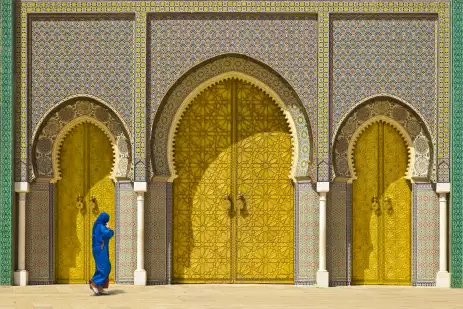
How to Dress When Visiting Religious Sites in Morocco
Morocco’s many religious sites, including some of the most majestic mosques in the world, are a big draw for travellers looking for an authentic experience of the country’s culture. It’s important to respect the local sensitivities around these scared sites and dress appropriately.
While female tourists aren’t expected to dress as conservatively as local Muslim women day-to-day, they should wear a scarf or head covering when visiting religious sites. Both male and female visitors should cover their arms and legs – something like a long sleeve top and long trousers or floor-length skirt is perfect.
You may also be asked to remove your shoes before entering certain religious sites in Morocco.
Expectations for Tourists in Morocco
“Do you have to cover up in Morocco?” It’s a question we get asked a lot by people interested in our Moroccan holidays. As a visitor to Morocco, tourists are generally expected to navigate the country’s cultural expectations and adapt to local Moroccan culture as much as possible. Not only is it respectful to the Moroccan people, it will also make you feel a lot more comfortable during your visit.
While some of the bigger Moroccan cities like Marrakesh and Fez are a little more liberal (short-sleeve t-shirts and below the knee skirts or shorts are generally accepted) when it comes to fashion, covered up is always better, and visibly showing you’re making an effort to adhere to local customs is always appreciated.
If you’re visiting more rural or conservative areas of the country, modest clothing will help you blend in and feel comfortable, as well as showing your respect to the local culture.

Tips for Dressing in Morocco
The best way to explore Morocco is on foot, whether that’s walking the labyrinth of souks, discovering historic sites, or trekking through the foothills of the Atlas Mountains. With this in mind, comfortable footwear is a must. Lace-up trainers or study sandals are ideal.
Be mindful of wearing overly showy branded or expensive clothing. Obvious displays of wealth, including jewellery, may attract unwanted attention and should be avoided if possible, especially in rural areas.
While the country is predominantly Islam, swimwear (including bikinis for women) is acceptable at beaches, hotel pools and resorts. We’d recommend covering up when not swimming, particularly at public beaches, and do not walk around in swimwear in public areas or restaurants.
Escorted Tours to Morocco
Join Riviera Travel and our expert guides on one of our unforgettable tours around Morocco.
On this 8-day escorted tour you’ll discover the captivating imperial cities of Marrakesh, Rabat, Fez and Meknes. Immerse yourself in the rich history of these iconic cities, as you explore the medieval medinas, tranquil courtyards, grand royal palaces and ancient mosques, alongside our expert guide.
Marrakesh and The Atlas Mountains
Soak up the wonders of Marrakesh, from the lively souks to the extraordinary Jemaa el-Fnaa square, on this fascinating 6-day tour. This trip also includes a visit to the picturesque coastal town of Essaouira, as well as an adventure into the foothills of the iconic Atlas Mountains.
Want to find out more? Our Ultimate Guide to Morocco has all the information you need to plan your holiday and get to know this unique destination.
